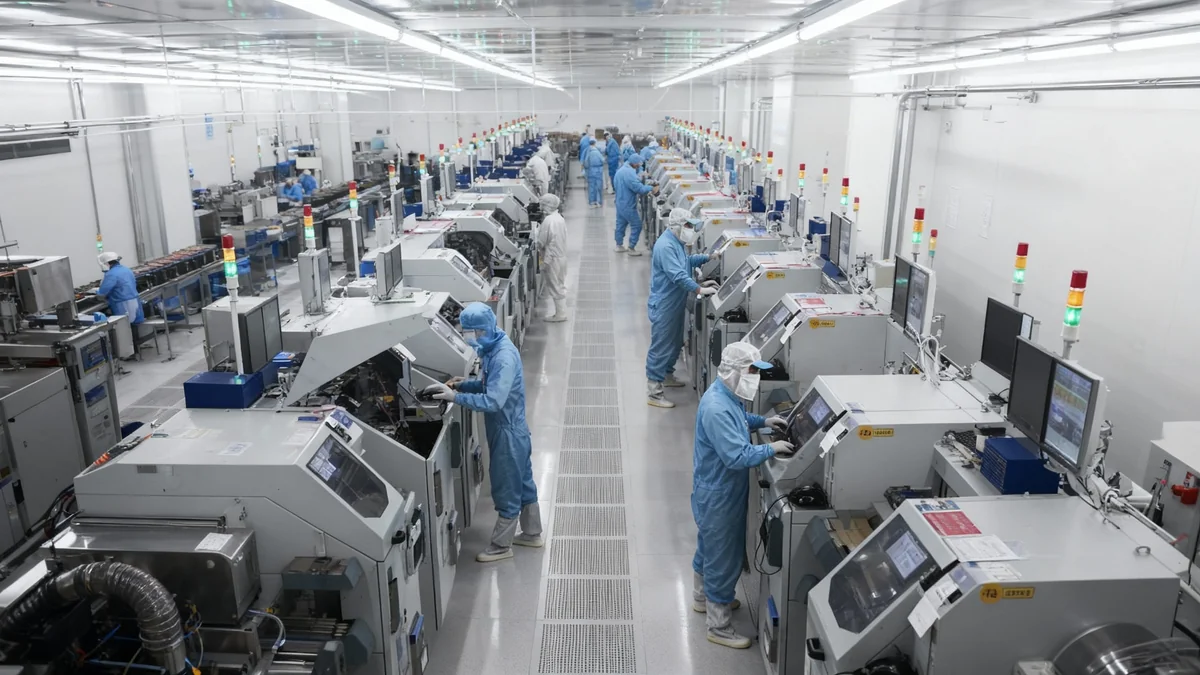In an era defined by rapid technological advancement, the role of the technology journalist has fundamentally changed. Once focused primarily on new gadgets and software releases, today's tech reporters must navigate complex subjects ranging from artificial intelligence ethics and cybersecurity threats to global semiconductor supply chains and the legal frameworks governing digital platforms.
This evolution demands a new level of expertise, forcing news organizations to adapt their approach to covering a sector that now influences every aspect of society. The modern tech news desk is no longer just a product review hub; it is a critical source of analysis on policy, economics, and culture.
Key Takeaways
- The scope of technology journalism has expanded from consumer gadgets to include AI policy, cybersecurity, and global economic impacts.
- Accuracy and in-depth analysis are now prioritized over speed, especially when covering complex topics like artificial intelligence.
- Specialized knowledge in niche areas such as AI ethics, data privacy law, and platform governance has become essential for reporters.
- Modern tech reporting relies heavily on data interpretation and investigative work to provide context beyond corporate press releases.
- Building and maintaining reader trust through transparent and factual reporting is the primary challenge for tech news outlets today.
From Gadgets to Global Governance
The definition of "technology news" has broadened significantly over the past decade. What was once a niche beat centered on product launches from companies like Apple and Microsoft has transformed into a sprawling field that intersects with nearly every other area of reporting, including politics, finance, and international relations.
Today, a major story might not be a new smartphone, but a regulatory proposal from the European Union targeting AI development. It could be an analysis of how social media algorithms are influencing elections or a deep dive into the geopolitical tensions surrounding microchip manufacturing.
This shift requires journalists to possess a multifaceted skill set. Understanding the technical specifications of a new processor is still relevant, but it is now equally important to understand the economic and political implications of where that processor is made and who controls its supply.
A Brief History of Tech Reporting
In the 1980s and 1990s, technology journalism was largely confined to specialized magazines and newspaper sections. The focus was on personal computing, software reviews, and industry trade news. The rise of the internet in the late 90s and the mobile revolution of the 2000s brought tech news to the mainstream, but the core focus often remained on consumer products and startup culture.
The Challenge of Reporting on Artificial Intelligence
No single development highlights the challenges for modern tech journalists more than the rapid advancement of artificial intelligence. Reporting on AI requires more than just announcing the release of a new large language model. It involves a deep understanding of the underlying technology, its potential societal impacts, and the ethical questions it raises.
Journalists are tasked with explaining complex concepts like machine learning, neural networks, and generative models to a general audience. They must cut through the marketing hype to provide a realistic assessment of a technology's capabilities and limitations.
"Covering AI is a balancing act," explains a veteran technology editor. "You have to convey the excitement and potential without straying into science fiction. The real story is often in the nuances—the data biases, the labor issues behind training models, and the long-term economic shifts."
Furthermore, the speed of AI development creates immense pressure. A new model or research paper can be released overnight, and news desks must respond quickly while ensuring their reporting is accurate and contextualized. Rushing to publish can lead to the spread of misinformation or an oversimplification of critical issues.
AI by the Numbers
According to industry analysis, global corporate investment in artificial intelligence is projected to exceed $200 billion annually by 2025. This financial scale underscores the importance of critical and informed media coverage of the sector.
The Rise of the Specialist Reporter
To meet these challenges, newsrooms are increasingly relying on journalists with specialized expertise. A general-assignment tech reporter is no longer sufficient to cover the industry's depth and breadth. Instead, news desks are structured with reporters who focus on specific, complex beats.
Key Areas of Specialization:
- AI and Ethics: Reporters who focus on the societal impact of artificial intelligence, including algorithmic bias, data privacy, and regulatory efforts.
- Cybersecurity: Journalists with a technical understanding of digital threats, data breaches, and the global landscape of state-sponsored hacking.
- Platform Governance: Experts who cover content moderation, free speech debates, and the legal responsibilities of social media companies like Meta, X (formerly Twitter), and TikTok.
- Semiconductor Industry: Reporters who track the intricate global supply chain for microchips, a topic with major geopolitical and economic consequences.
This specialization allows for more authoritative and nuanced reporting. It enables journalists to build sources within specific fields and provide readers with analysis that goes far beyond surface-level announcements. This is a direct response to the complexity of the modern technology landscape.
Moving Beyond the Press Release
In the past, much of tech journalism was driven by corporate communications. A company would issue a press release, and news outlets would report on the announcement. While this is still part of the news cycle, there is a growing emphasis on independent, investigative work.
Modern tech journalists are expected to scrutinize corporate claims, analyze financial reports, and uncover the real-world impact of new technologies. This involves talking to workers, academics, and critics, not just company executives. The goal is to provide a comprehensive picture, not just repeat marketing points.
According to a report on the state of media, reader trust is highest for publications that demonstrate independence and a willingness to challenge powerful entities. In the tech world, where a few large companies hold immense influence, this critical function of journalism is more important than ever.
The shift toward in-depth analysis ensures that the public conversation about technology is informed and balanced. It helps consumers, policymakers, and business leaders make better decisions by providing them with a clear-eyed view of the benefits and the risks associated with technological progress.





